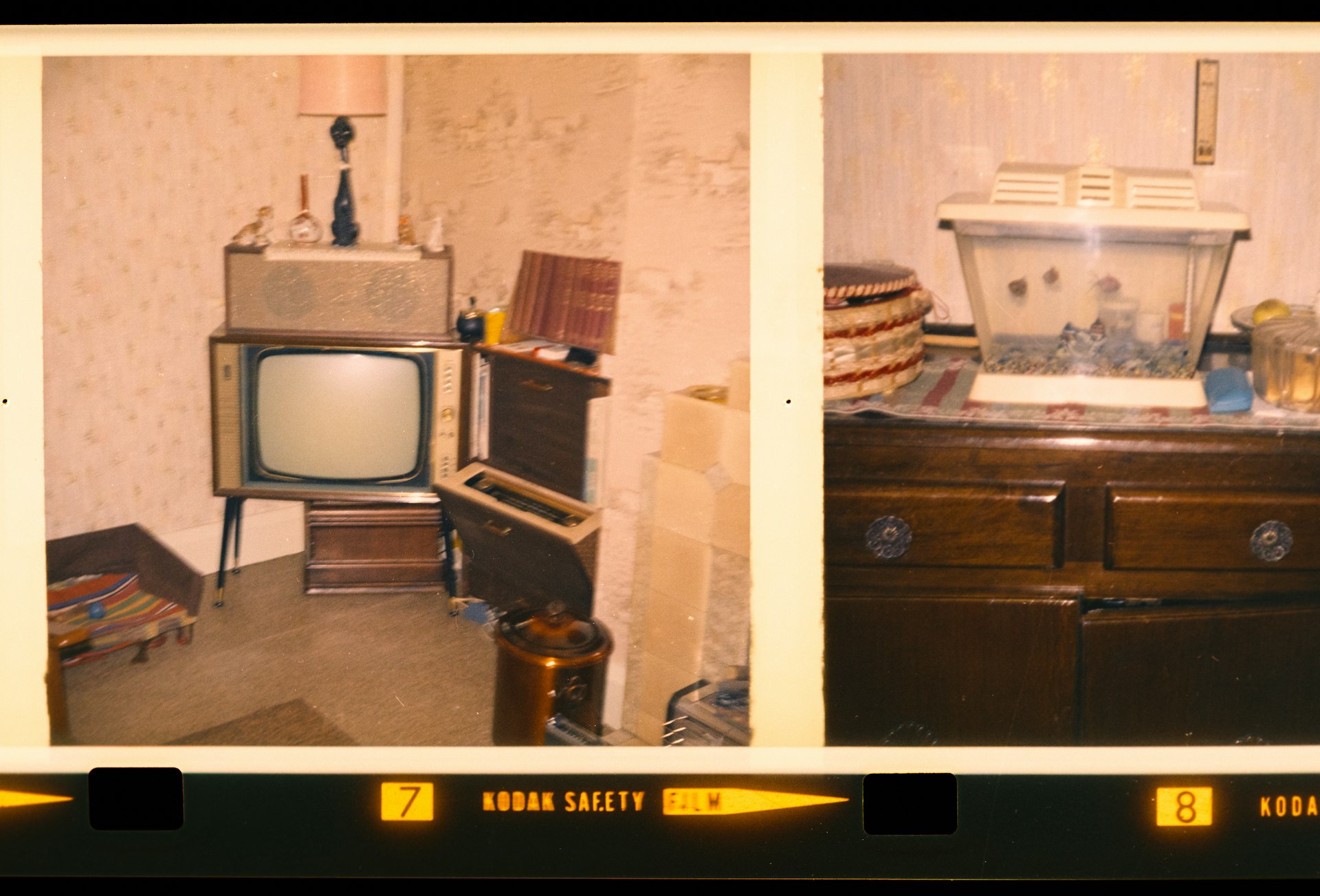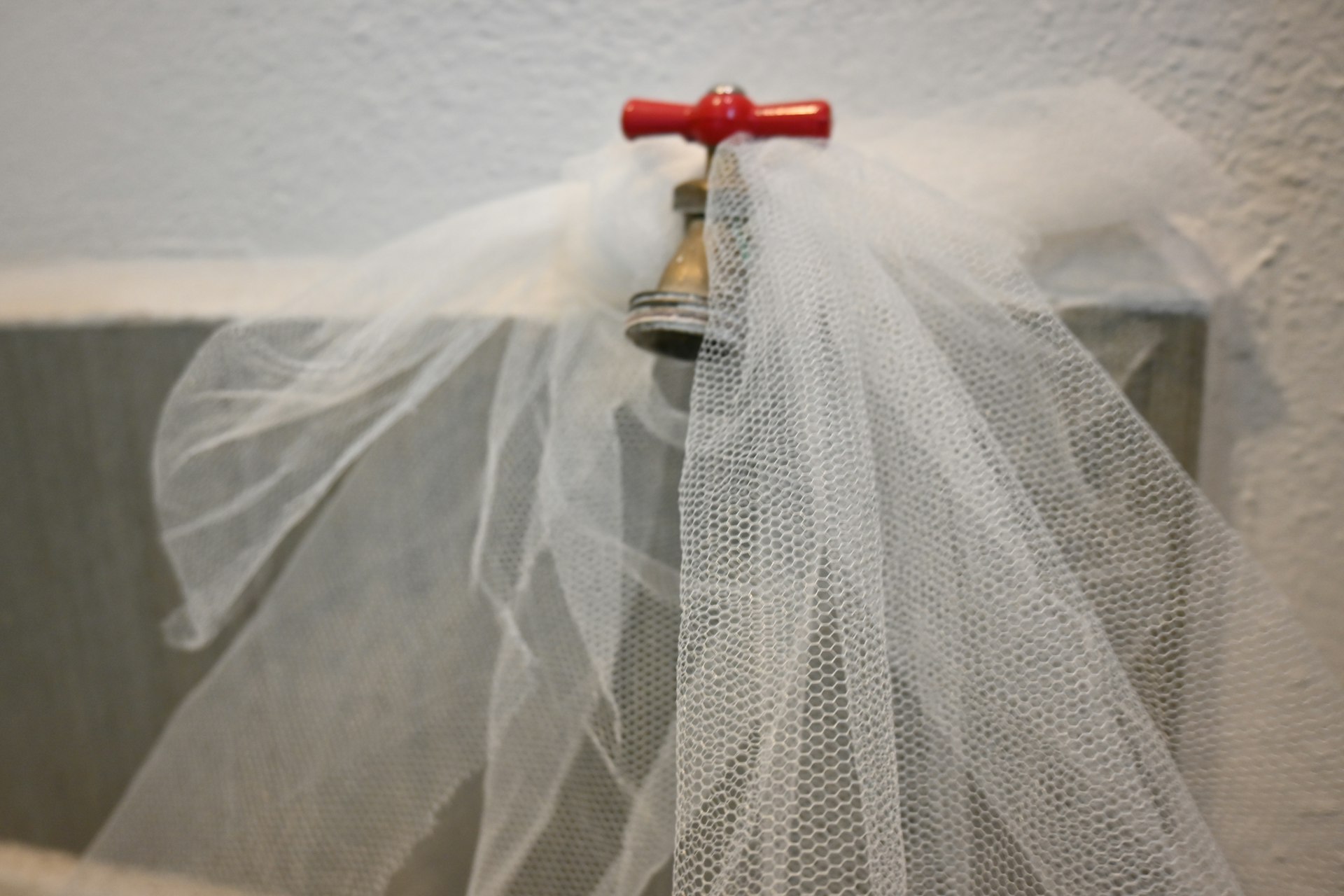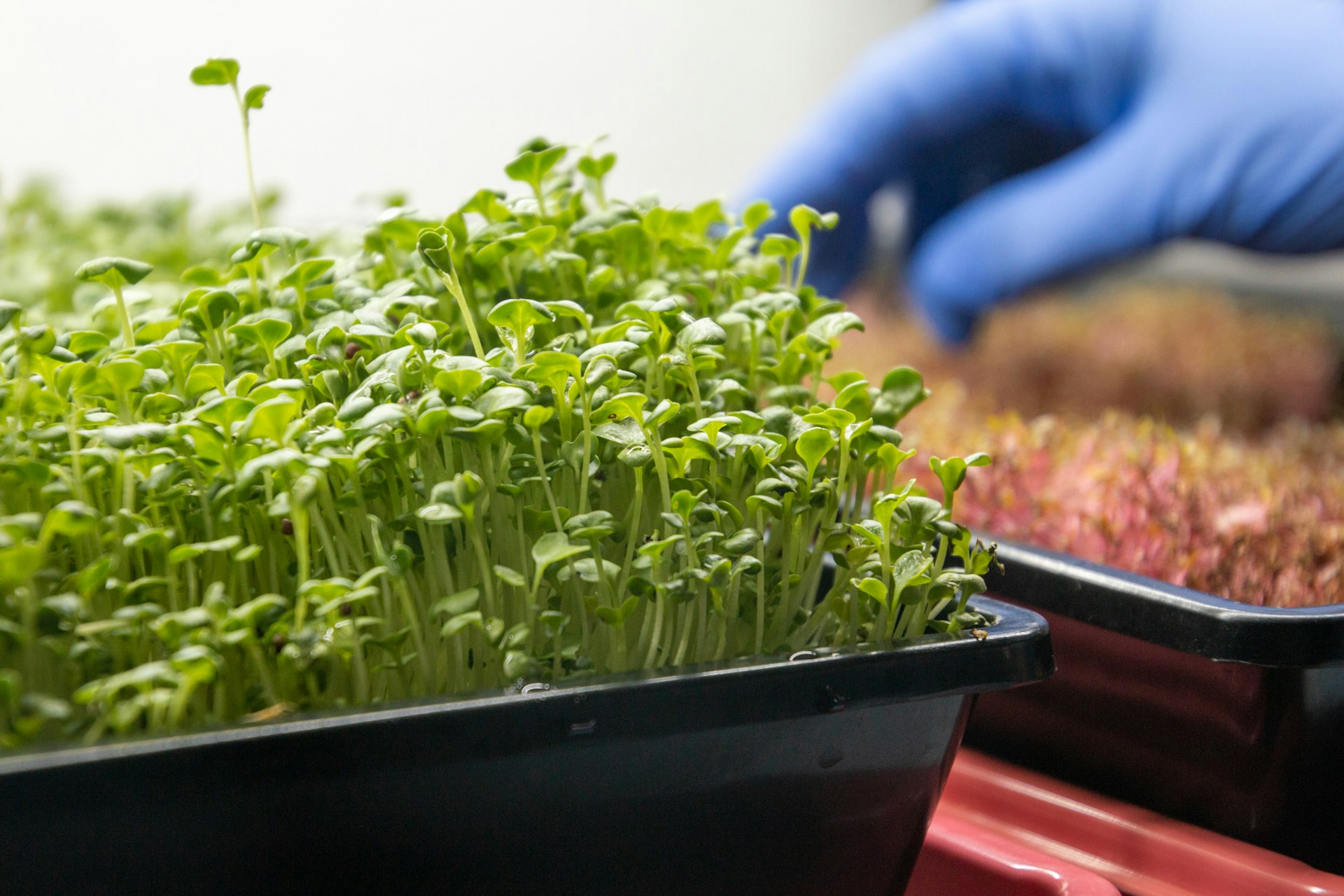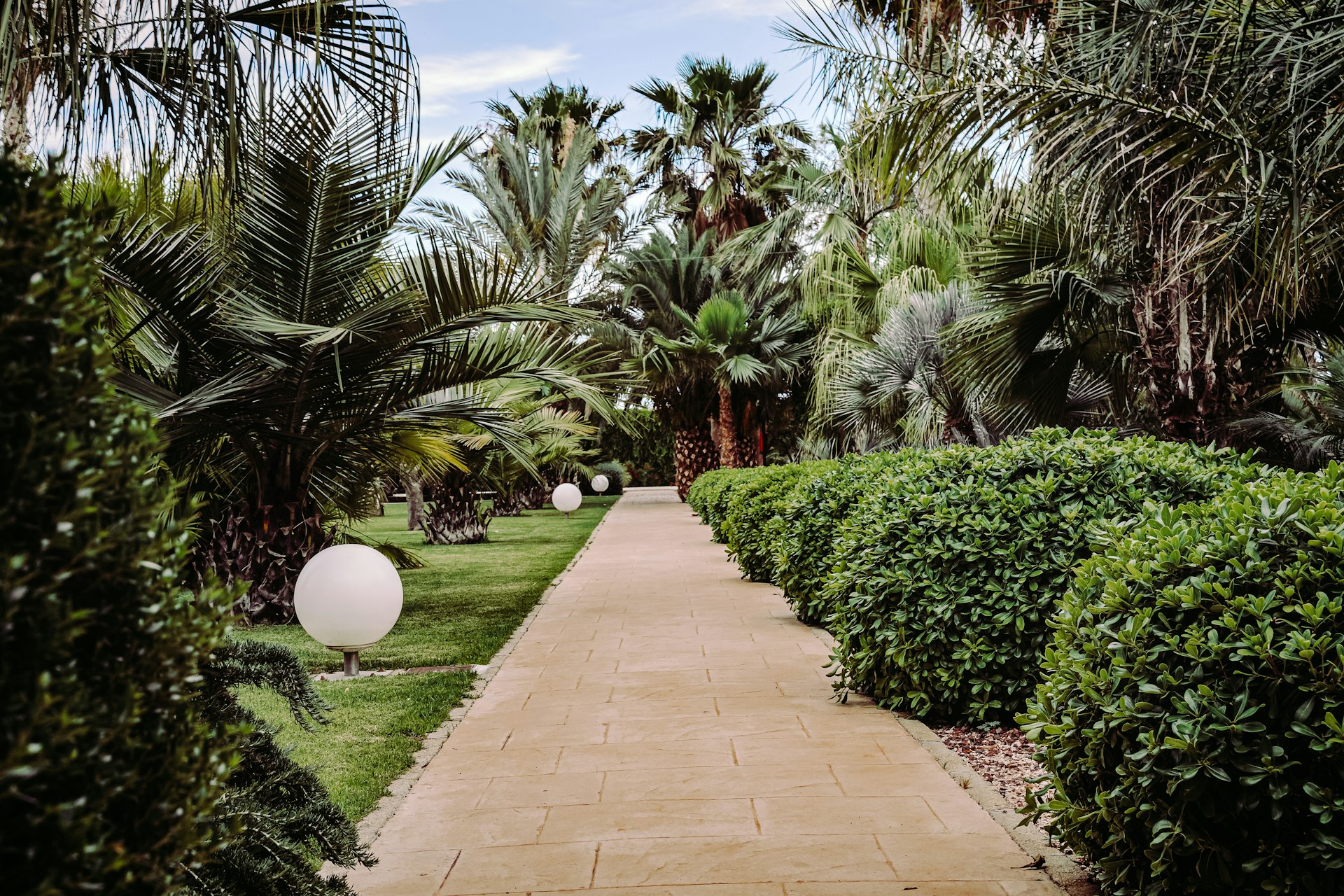How Smart Garden Sensor Systems Revolutionize Houseplant Care

Photo by Markus Spiske on Unsplash
Introduction: The Rise of Smart Garden Sensor Systems
The modern houseplant enthusiast faces many challenges: inconsistent watering, unpredictable lighting, and the daunting task of keeping up with each plant’s unique needs. Smart garden sensor systems offer a solution by using advanced technology to monitor the critical factors affecting houseplant health. These devices provide real-time feedback on soil moisture, light intensity, temperature, and humidity, allowing even novice gardeners to nurture thriving indoor plants with confidence [1] .
How Smart Garden Sensors Work
At the heart of a smart garden sensor system are compact wireless sensors that you place in your plant’s soil. Each sensor typically monitors:
- Soil moisture – Alerts when your plant needs water, helping prevent root rot or drought stress
- Light intensity – Tracks if your plant is getting optimal sunlight for photosynthesis
- Air temperature & humidity – Monitors environmental conditions that influence growth
- Soil fertility – Some advanced models check nutrient levels
Data from these sensors is transmitted to a mobile app via Bluetooth or Wi-Fi, where it is analyzed and presented in easy-to-understand charts and notifications [3] . Some systems connect directly to your smart home hub, allowing for integration with other automation devices [4] .
Key Features and Benefits
Smart garden sensor systems provide several tangible benefits:
1. Accurate Watering Guidance Soil moisture sensors eliminate guesswork, prompting you to water only when necessary. This not only saves water but promotes healthier root development and reduces the risk of overwatering, a leading cause of houseplant decline [1] .
2. Optimized Lighting Conditions With built-in light sensors, you can ensure your plants receive the correct amount of light. If a plant is not getting enough sunlight, you’ll receive suggestions to move it or supplement with artificial lighting, based on real-time measurements [1] .
3. Environmental Monitoring Temperature and humidity sensors help you maintain ideal growing conditions, especially for sensitive species. Some systems also track soil fertility, alerting you when it’s time to fertilize [3] .
4. Centralized Plant Management Many sensor systems can manage multiple plants from a single app, letting you monitor an entire collection with ease [3] .
Real-World Examples and Product Reviews
A recent video review tested several popular smart sensors, noting that all accurately identified common houseplants and provided reliable soil moisture readings. Devices like the Willow and Earth models also measured humidity, temperature, and light intensity. Reviewers highlighted the ease of setup, plant identification features, and robust mobile apps that simplify plant care routines [2] .
Battery life is a frequent concern, but many models last up to a year on a single button-cell battery. Systems using a central hub typically see longer battery performance compared to those with direct Wi-Fi connectivity [2] .
For those interested in hydroponic growing, systems like Gardyn integrate advanced sensors and cameras to manage water, nutrient, and light delivery for high-density, indoor gardens. While these systems are more complex, they showcase the cutting edge of smart plant care technology [5] .
Step-by-Step Guide: Choosing the Right Smart Sensor System
Choosing the right smart garden sensor system for your houseplants depends on your needs, technical comfort, and budget. Here is a step-by-step approach:
- Identify Your Plant Collection’s Needs Assess whether you want to monitor just soil moisture, or need additional data like light, temperature, and humidity. Some plants are more sensitive than others and benefit from more comprehensive monitoring [1] .
- Research Sensor Features and Compatibility Review product specifications for sensor accuracy, supported plant types, app usability, and integration with smart home systems. For example, the Plant & Flower Smart Sensors provide data on water level, soil fertility, temperature, and light, and can be managed through the Mihome app [3] .
- Consider Setup and Maintenance Most sensors are battery-powered and easy to install. Look for waterproofing if you plan to use them outdoors. Battery life typically ranges from several months to a year, depending on usage and connectivity type [2] .
- Read Reviews and Compare Options Consult recent reviews and comparison videos for hands-on insights. Products like the Apollo Automation PLT-1 provide measurements for soil moisture, temperature, humidity, brightness, and UV, with integration into home automation platforms [4] .
- Purchase from Reputable Retailers Buy directly from manufacturers or established online retailers. Always verify the product’s compatibility with your devices and check the return policy.
Implementation: Setting Up and Using Your Smart Sensor System
Once you’ve selected your smart garden sensor, follow these general steps for setup and use:
- Install the Sensor Insert the sensor into the plant’s soil at the recommended depth. Ensure it is securely positioned and not obstructed by roots or stones.
- Connect to the Mobile App Download the manufacturer’s official app (such as Mihome) and follow the pairing instructions. Most apps will prompt you to select or identify your plant species for tailored recommendations [3] .
- Set Up Alerts and Preferences Configure notifications for watering, light adjustments, or temperature/humidity changes. Many apps allow you to customize thresholds based on individual plant requirements.
- Monitor and Respond Regularly check the app for updates on your plants’ status. Respond promptly to alerts, and review trend data to identify any recurring issues or opportunities to optimize care.
For advanced users, some sensors integrate with home automation platforms, allowing you to trigger actions like turning on grow lights or adjusting humidifiers automatically [4] .
Potential Challenges and Solutions
While smart garden sensors offer significant advantages, users may encounter certain challenges:
- Wireless Connectivity Issues – Ensure your home Wi-Fi covers the area where your plants are located. For Bluetooth-only devices, proximity to your smartphone is necessary [3] .
- Sensor Calibration – Some sensors require calibration for accurate readings. Follow the manufacturer’s instructions, and periodically update the app software for best results.
- Plant Identification Limitations – While many sensors include plant identification features, accuracy can vary by species. Always double-check recommendations for uncommon or rare houseplants [2] .
- Battery Replacement – Plan to replace batteries every several months to a year, depending on usage and device type. Keep spare batteries on hand for uninterrupted monitoring.
Alternatives and Additional Resources
If a smart sensor system is not right for you, consider alternative approaches:
- Manual Moisture Meters – Simple and cost-effective, these provide instant soil readings but lack connectivity and alerts.
- Home Automation Integration – For tech-savvy users, open-source platforms like Home Assistant can integrate various sensors and automate plant care tasks. Search for ‘Home Assistant plant monitor integration’ for setup guides.
- Hydroponic Systems – For those ready to take the next step, hydroponic gardens like Gardyn offer fully automated plant care with advanced sensor monitoring [5] .
To find specific products, you can search “smart plant sensors” on established e-commerce platforms like Amazon, or visit reputable gardening technology retailers. Read customer reviews and check compatibility with your smartphone and home network.

Photo by Virginia Marinova on Unsplash
Summary and Key Takeaways
Smart garden sensor systems are transforming indoor plant care, making it easier to keep houseplants healthy and vibrant. By monitoring moisture, light, temperature, and more, these devices empower both beginners and experienced growers to optimize plant health with minimal effort. When selecting a system, consider your plants’ unique needs, the features offered, and the ease of integration with your daily routine. For those seeking more advanced solutions, hydroponic systems and smart home integration offer additional layers of automation and control.
References
- [1] FloraSense (2024). How to Find the Best Smart Plant Sensors.
- [2] YouTube (2025). Game Changing Houseplant Tech – Do Smart Plant Sensors Work?
- [3] The Connected Shop (2025). Plant & Flower Smart Sensors – Product Page.
- [4] YouTube (2024). Ultimate Smart Home Plant Sensor: Apollo Automation PLT-1.
- [5] Gardyn (2025). Hydroponic System – Growing Vegetables, Herbs, and More.
MORE FROM hotondeals.com













